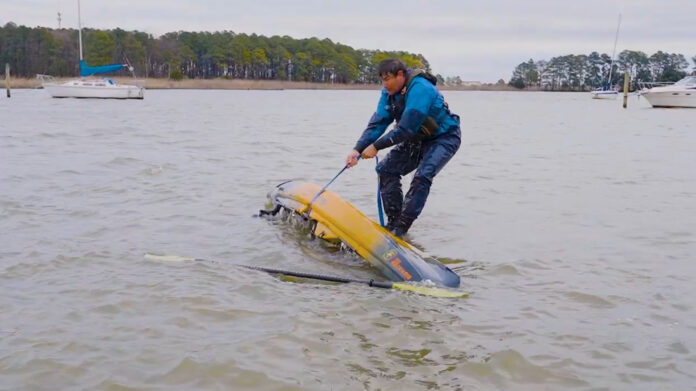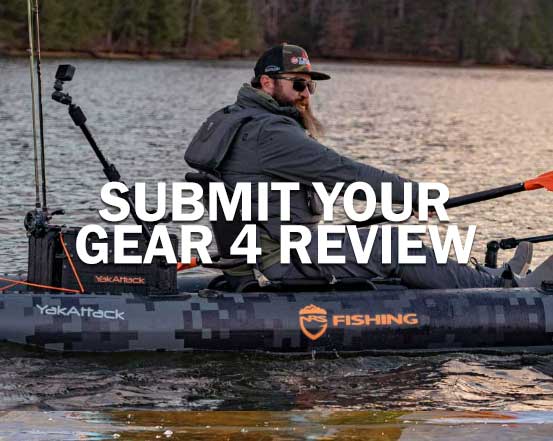Hey everyone, Jameson Redding here from Road Trip Angler! We recently spent some time fishing around Kent Island, Maryland, in the beautiful Chesapeake Bay. This trip inspired me to share a critical tip that could save your life when kayak fishing. Kayak self rescue is an essential skill every kayaker and kayak angler should master, and to help demonstrate this, I've enlisted the expertise of fellow ACA instructor, Jeff Little.

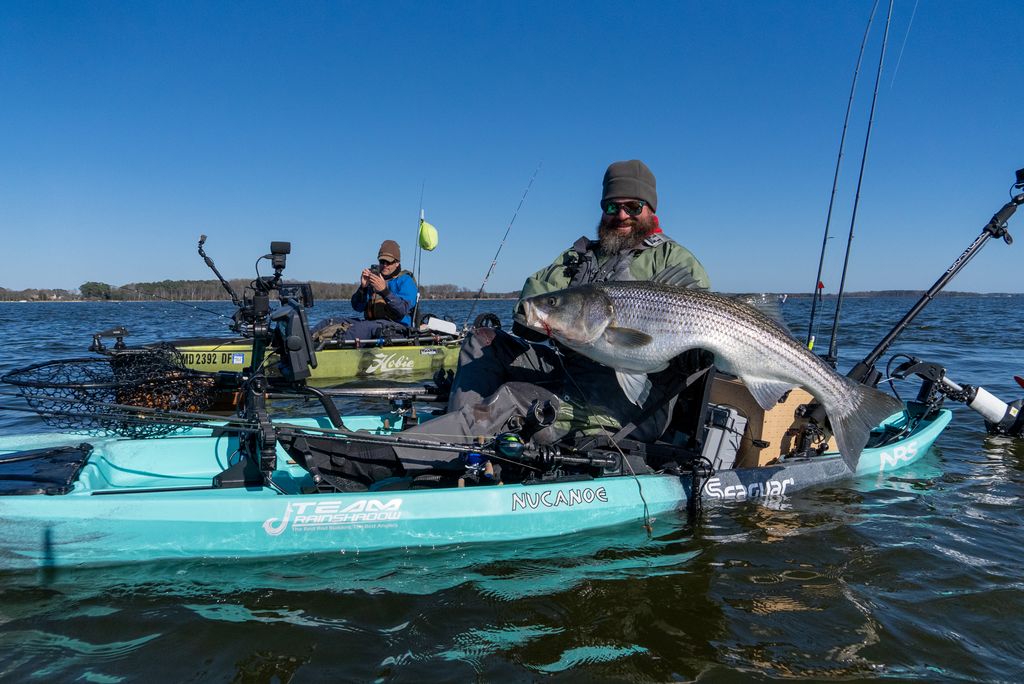
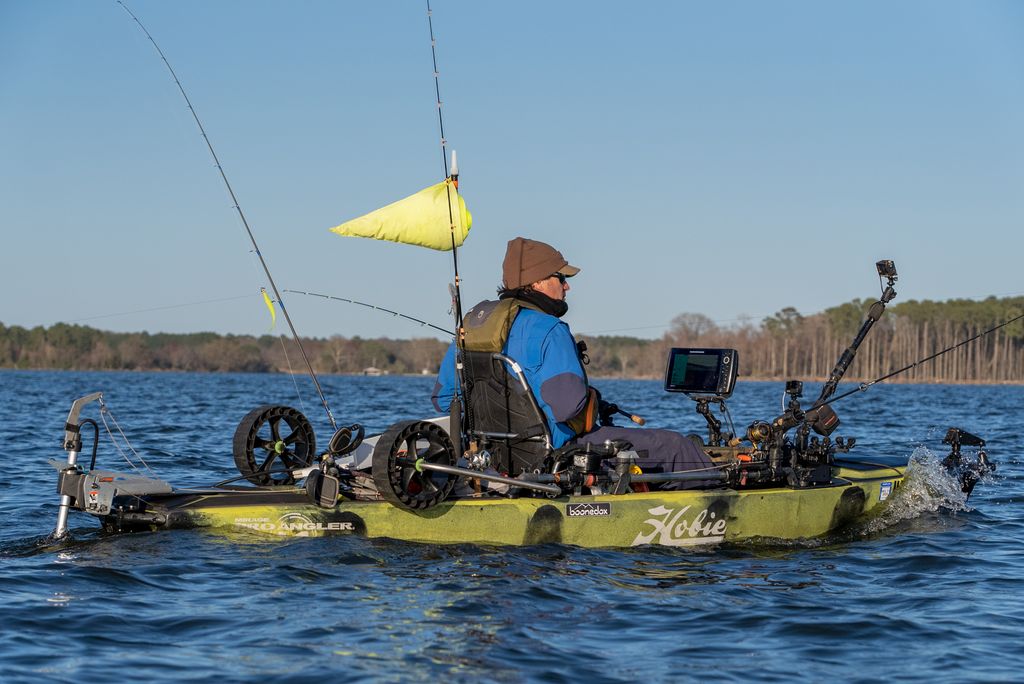
Before we dive in to more about kayak self rescue, I want to give a special shout-out to our partner, the American Canoe Association (ACA). They've been instrumental in promoting paddling safety and education. Check out their paddling course for more great information.
Why Self-Rescue is Crucial
Kayak fishing has surged in popularity over the past few years. Unfortunately, with this growth, we've also seen an increase in paddle sports-related incidents, often with dire consequences. The ability to self rescue your kayak after an unexpected capsize, or flip, is not just a useful skill; it’s a potential lifesaver.
Preparing Your Kayak for Reboarding
Before you even hit the water, there are a couple of rigging considerations to keep in mind:
- Leave One Side Clear: Kayak anglers tend to equip their vessels with all sorts of gear, from depth finders to rod holders. Ensure one side of your kayak is free of obstructions. This open space will be crucial for getting back on board without anything hindering your movement.
- Keep a Tie-Down Strap Handy: Have a tie-down strap accessible on your kayak. This strap, typically used for securing your kayak to a roof rack or trailer, can double as a tool for flipping your kayak back over and as a stirrup to help you reboard.
Essential Gear: Dry Suits and PFDs
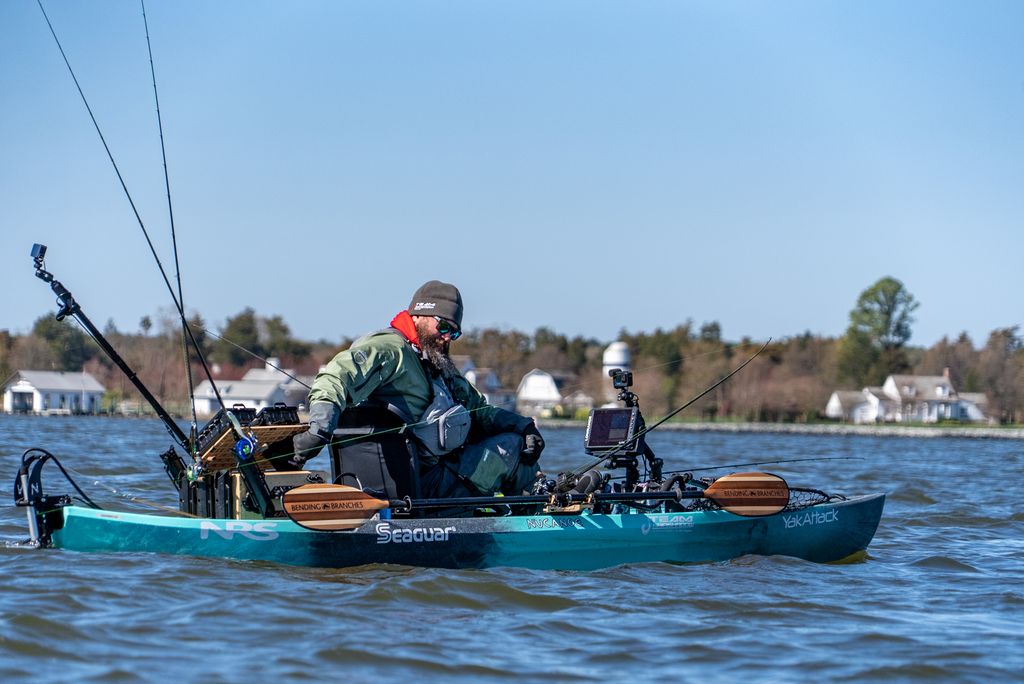
Kayak fishing often happens in conditions where the water is cold. A dry suit is a must-have, as it prevents the involuntary gasp reflex when you hit cold water—a reaction that can cause you to inhale water and quickly lead to drowning. Always wear your life jacket (PFD) as well; it's mandatory for safety.
Practicing the Reboarding Drill
Kayak self rescue techniques are critical for the wide fishing kayaks. It isn't easy to flip them back over and practice makes perfect. Make sure you carry a strap with you and it is easy to get at once the kayak is flipped over. To effectively self-rescue, you need to practice in a controlled environment.
Steps for Kayak Self Rescue Practice
- Find Deep Water: Choose a spot deep enough that you can’t touch the bottom. This simulates real-life scenarios where you might flip in open water.
- Tip Your Kayak Intentionally: Lean from side to side until you reach the tipping point. This practice helps you understand how far you can lean before capsizing and builds your confidence in handling the kayak.

- Locate Your Paddle: After flipping, the first thing you should do is find your paddle. Without it, you'll struggle to maneuver your kayak.
- Avoid Dangerous Positions: Ensure you are on the safer side of the kayak, away from potential hazards like currents or obstacles that could trap you.
- Righting the Kayak: If your kayak is upside down, use your tie-down strap. Loop it around a handle on the side, swim around, and pull the strap to flip the kayak upright. For wider kayaks, you might need to stand on the kayak and fall backward to right it.
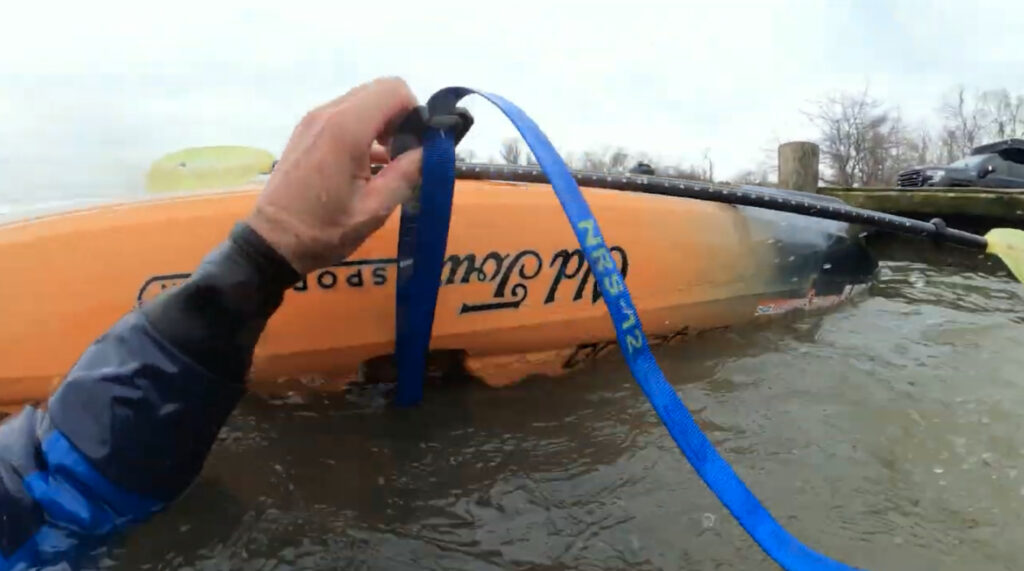
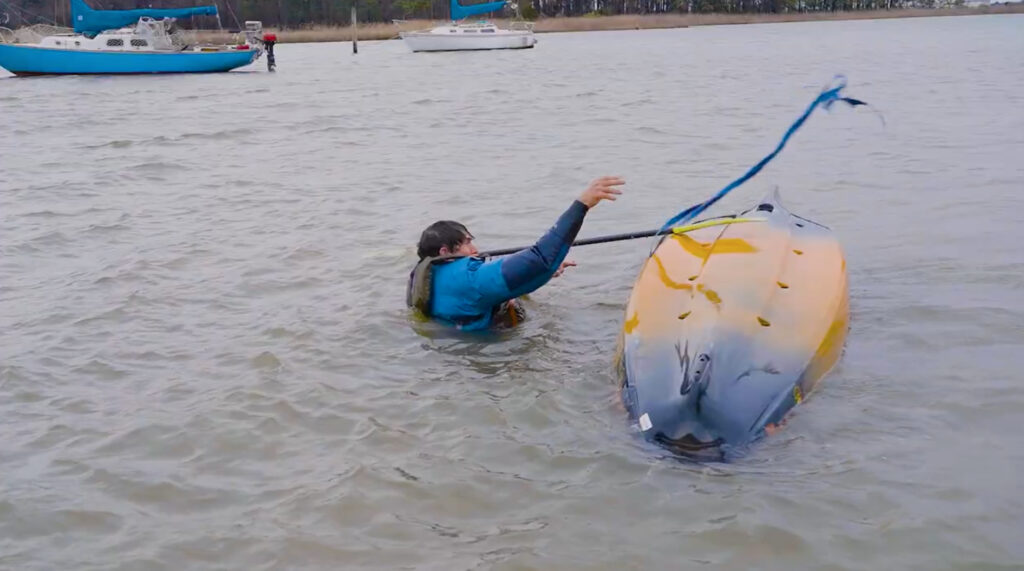
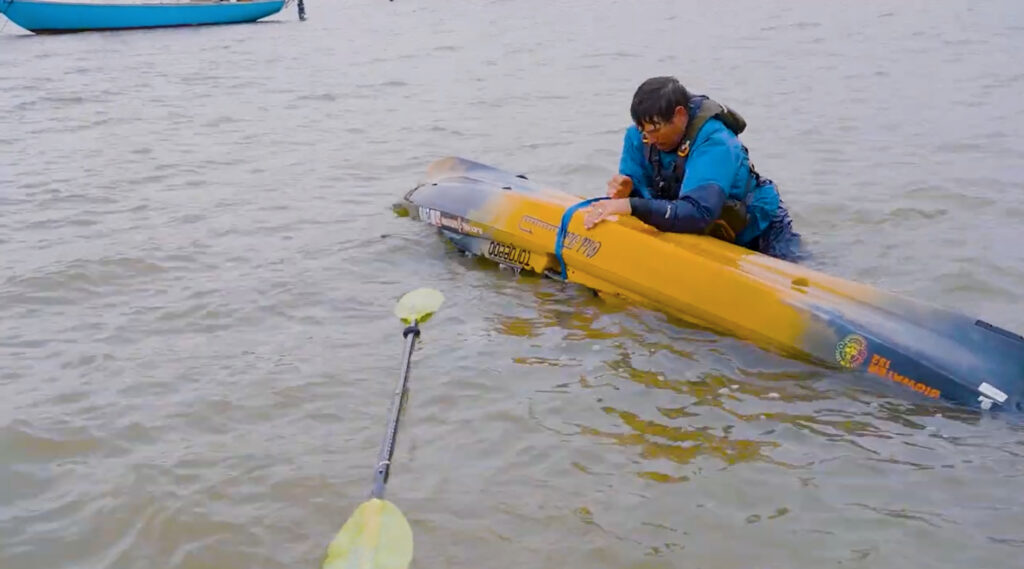
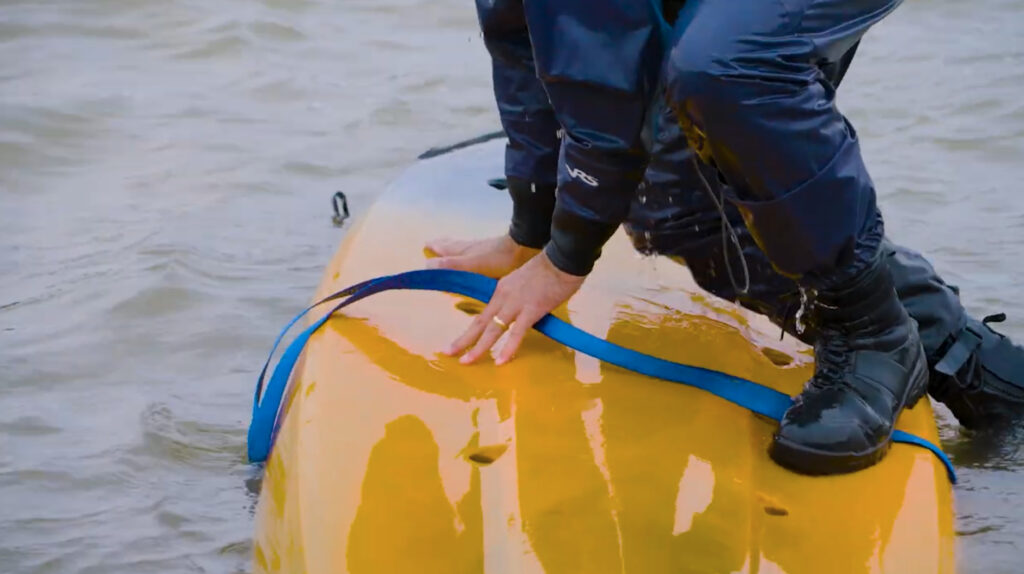
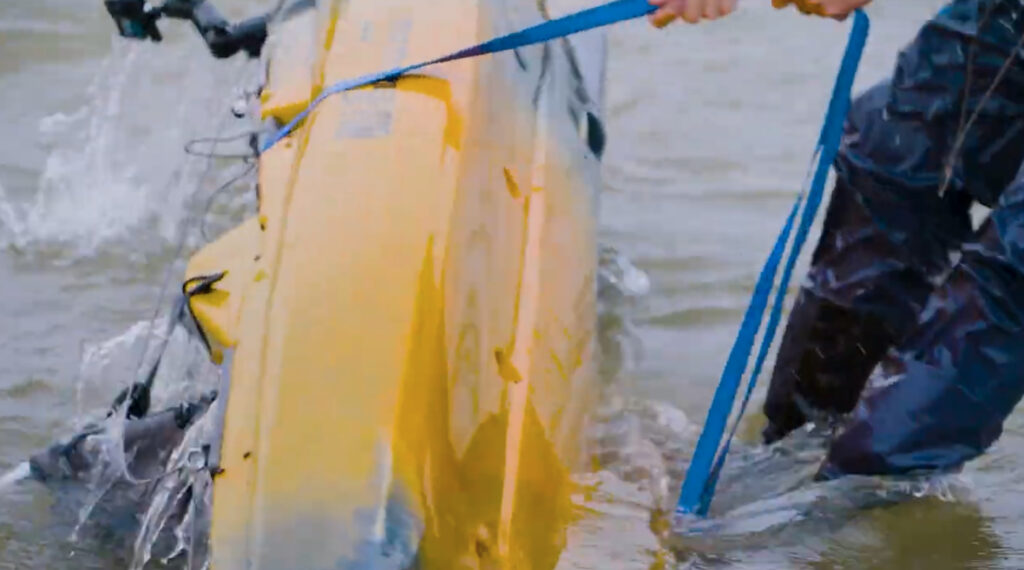
- Reboarding the Kayak: Reach across the kayak, kick your feet to the surface, and use a powerful kicking motion while pulling your torso over the rail. If this fails, use the tie-down strap as a stirrup. Place your dominant foot in the loop and use your leg strength to push yourself up and over the kayak.
Make Practice a Priority
Understanding the reboarding process conceptually is not enough. You must practice these steps repeatedly to build the necessary muscle memory and body mechanics. Organize a practice session with your kayak fishing buddies. By doing so, you’re not only preparing yourself but also promoting safety within the kayak fishing community.
Practicing these techniques could save your life or the life of another angler. Don’t wait for an emergency to test your skills. Get out there, practice your kayak self-rescue and make it feel like it is second nature. A special thanks to my sponsor the ACA, be sure to take a free online safety course from ACA.
Stay safe, and happy fishing!
Jameson Redding Host of Road Trip Angler TV Show and YouTube Channel



